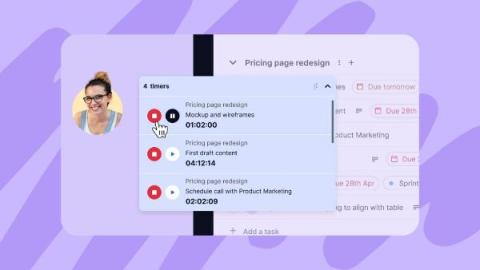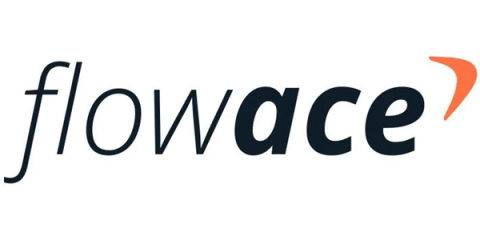How to Calculate Employee Productivity: 5 of the Best Methods
Employee productivity is one important determinant of business success because it shows how effectively and efficiently employees contribute to the achievement of organizational objectives. Calculating productivity informs businesses about the efficiency levels of their workforce, identifies bottlenecks, and improves the overall performance of the business.











